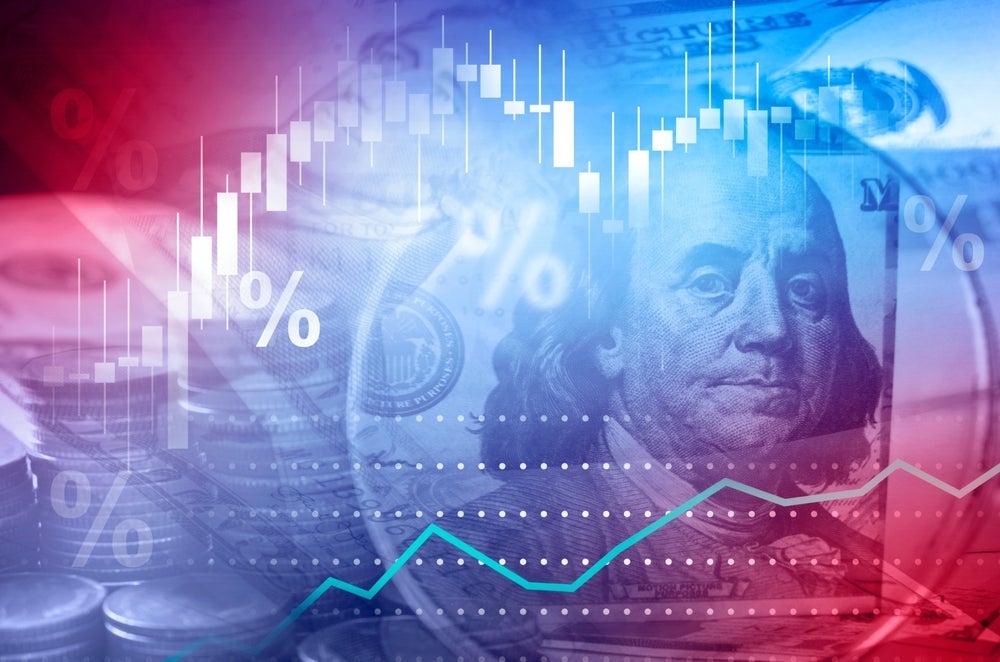
U.S. producer prices jumped more than expected in January, raising fresh concerns following a similarly stronger-than-expected consumer inflation report.
Yet, a closer look at the data suggests the Federal Reserve may not have to hit the panic button just yet.
According to Thursday’s report from the Bureau of Labor Statistics, the Producer Price Index rose 3.5% year over year, the highest annual increase since February 2023. That’s an acceleration from December’s 3.3% and higher than the 3.2% forecast by economists. The monthly reading also came in hotter than expected, up 0.4% compared to the projected 0.3%.
Core PPI, which strips out food and energy, climbed 3.6% annually, well above expectations of 3.3%. On a monthly basis, it increased 0.3%, slightly higher than the estimated 0.2%.
Fed May Still Get The Inflation Outcome It Wants
While the PPI report was undeniably hot, some key components that feed into the Fed’s preferred inflation gauge—the Personal Consumption Expenditures (PCE) price index—came in softer.
On Wednesday, Fed Chair Jerome Powell indicated that after the stronger-than-expected Consumer Price Index report, the PPI reading would offer further clarity on the PCE front. The Fed closely watches the PCE index, and Powell suggested it would be premature to draw conclusions before seeing the full picture.
“Following the CPI & PPI, we now forecast a 0.4% increase in the topline [PCE] and a 2.5% year-over-year increase in the Fed’s metric used to target inflation. The core [PCE] should advance 0.2% & 2.5% over that same metric,” Joseph Brusuelas, chief economist at RSM, said.
He added that risks are tilted toward inflation running slightly hotter than expected, but this level of price growth could be the “new normal.”
Samuel Tombs, chief U.S. economist at Pantheon Macroeconomics, highlighted that weaker healthcare and insurance prices helped soften the inflationary impact of the PPI.
“Those PPI numbers were a game-changer for the January core PCE print. We’re now tracking 0.28% month over month, 2.6% year over year (down from 2.8% in December). All the healthcare and insurance PPI components were weak, and airline fares fell sharply. About as good as the Fed could have hoped for,” Tombs said.
Bill Adams, chief economist at Comerica Bank, said that while PPI ran hot in January, “cool increases in healthcare services point to a better core PCE read for the month.”
He added that higher diesel, petroleum, and hotel prices drove the index higher, but the drop in healthcare costs suggests January’s PCE inflation “won’t be as bad as CPI or PPI.”
Key PPI components tied to the Fed’s inflation gauge showed signs of easing. Airline fares fell 0.3% after December’s 5% jump, while healthcare services, including physician care and hospital costs, declined. Portfolio management fees rose 0.4%, but at a slower pace.
The following components from January’s producer price report contribute to the U.S. personal consumption expenditures price index, a key inflation measure monitored by the Federal Reserve.
| PPI Components That Feed Into PCE | Jan. 2025 | Dec. 2025 |
|---|---|---|
| Airline passenger services | -0.3% | 5.0% |
| Portfolio management | 0.4% | 0.6% |
| Physician care | -0.5% | 0.3% |
| Home health, hospice care | -0.3% | 0.2% |
| Hospital outpatient care | -0.48 | 0.6% |
| Hospital inpatient care | -0.3% | 0.0% |
| Nursing home care | -0.18 | 1.1% |
Gene Goldman, chief investment officer at Cetera Investment Management, said PPI data “could also give us an indication of how much businesses were front-running purchases in advance of tariffs.”
Others remain skeptical that inflation is under control.
“Inflation is also heating up at the producer price level, as January PPI spiked 0.4%, rising 3.5% year over year. The data the Fed claims to depend on clearly shows that interest rates are too low and must be raised immediately,” economist Peter Schiff, said.
The Kobeissi Letter highlighted an unsettling historical parallel in a post on social media X.
“With the bottom in CPI inflation and now the rise back to +3.0%, the path looks concerningly similar to the 1970s. Since the Fed ‘pivoted,’ CPI has risen to a 7-month high and PPI just hit its highest since February 2023.”
The S&P 500 Index – as tracked by the SPDR S&P 500 ETF Trust SPY – rose 0.6% by 10:40 a.m. ET, boosted by reports of progress in Ukraine ceasefire talks.
President Donald Trump scheduled an Oval Office news conference for Thursday at 1 p.m. ET to discuss his plan for imposing reciprocal tariffs on other countries.
Read now:
Image: Shutterstock
© 2025 Benzinga.com. Benzinga does not provide investment advice. All rights reserved.
